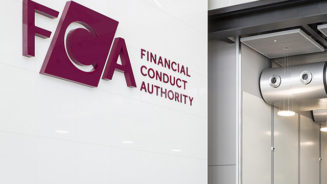In a paper published late last week, the government body suggested that each settlor be entitled to a tax free “settlement” nil-rate band (SNRB) that runs separately from, and in line with, the IHT nil-rate band.
Settlors can then specify how much of their SNRB should be allocated to each of their trusts, with over-allocation resulting in the recovery of underpaid tax.
If the proposals become law, trustees of all trusts set up by an individual settlor will have one nil rate band (currently £325,000) to share between them in proportions chosen by that settlor. This will inhibit IHT planning strategies, based on the “Rysaffe principle”, which use multiple trusts to reduce the IHT charge on each tenth anniversary of the trust and on distributions to beneficiaries.
The changes would only apply to new settlements or additions to existing trusts made after June.
"Simplification"
Commenting on the consultation, HMRC said: “As announced at Budget 2014, the government is seeking views from those who use and are involved in the administration of trusts. This is an ongoing consultation and no final decisions have yet been taken.
"Should these changes be implemented couples would still be able to leave up to £650,000 tax free to benefit their children or grandchildren."
It described the proposals as a “simplification” of existing IHT charges.
Keeping up appearances
Technical marketing manager at RL360°, Neil Chadwick, said HMRC are reacting particularly cautiously to claims that Rysaffe tax planning schemes are being used incorrectly.
“With Rysaffe planning a number of different trusts are opened on successive dates so each has its own nil rate band of £325,000,” he said. “[HMRC] are of the opinion that this has been subject to widespread abuse, when in reality it probably hasn’t.
“With all these things, if there is any wind of widespread tax avoidance [HMRC] come down on it especially heavily. They have to be seen to be doing something.”
He added that the proposals are likely to be amended from their current state before being passed.
“If they go through people will have to be more careful with what they do. At the moment it is simple as each trust has a nil rate band, but advisers and tax planners will need to be cautious in the tax structures they choose to use.
“While I do not think the issue is as widespread as HMRC believe it to be, their approach is fully understandable and I can definitely see their logic.”
He also disputed fears that trusts will become stigmatised following the proposals: “I do not think it will make trusts a less attractive option. The only issue that will arise is that people will have to be careful not to use the wrong structures.”
The document represents the third revision to HMRC’s attempts to “simplify” inheritance tax, with the issue first being raised in June last year.
This story was updated on 10/06/2014




